-
 bitcoin
bitcoin $118548.520763 USD
3.67% -
 ethereum
ethereum $4352.564943 USD
4.79% -
 xrp
xrp $2.964058 USD
4.22% -
 tether
tether $1.000565 USD
0.05% -
 bnb
bnb $1028.372955 USD
1.46% -
 solana
solana $221.373507 USD
6.00% -
 usd-coin
usd-coin $0.999933 USD
0.02% -
 dogecoin
dogecoin $0.248633 USD
6.85% -
 tron
tron $0.341444 USD
2.38% -
 cardano
cardano $0.852946 USD
5.82% -
 hyperliquid
hyperliquid $47.869306 USD
6.15% -
 chainlink
chainlink $22.561476 USD
6.01% -
 ethena-usde
ethena-usde $1.001258 USD
0.05% -
 avalanche
avalanche $30.660000 USD
2.06% -
 stellar
stellar $0.400917 USD
9.76%
What is the difference between the EMA and SMA moving averages?
The EMA's responsiveness to recent prices makes it ideal for spotting quick trend changes in volatile crypto markets, while the SMA offers smoother, long-term trend insight.
Sep 15, 2025 at 11:55 pm
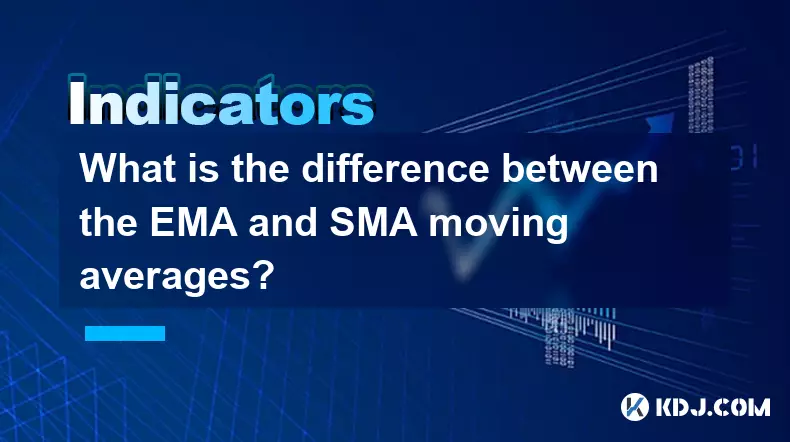
Understanding the Basics of Moving Averages
1. Moving averages are foundational tools in technical analysis within the cryptocurrency market, helping traders identify trends and potential reversal points. The two most widely used types are the Exponential Moving Average (EMA) and the Simple Moving Average (SMA). Both calculate average price data over a specified period but differ significantly in how they weigh that data.
2. The SMA calculates the arithmetic mean of a given set of prices over a specific timeframe. For example, a 10-day SMA adds up the closing prices for the past 10 days and divides the sum by 10. Each day's price carries equal weight, making it a straightforward representation of average price movement.
3. In contrast, the EMA applies more weight to recent prices, making it more responsive to new information. This responsiveness is particularly valuable in fast-moving markets like cryptocurrency, where price shifts can occur rapidly due to news, regulatory changes, or macroeconomic factors.
4. Because of its structure, the EMA adjusts more quickly to price fluctuations than the SMA. This characteristic allows traders to detect trend changes earlier, which can be crucial when timing entries and exits in volatile digital asset markets.
5. Despite their differences, both indicators serve similar purposes: smoothing price data to form a trend-following tool. They do not predict future price levels but help clarify the current market direction by filtering out short-term noise.
Calculation Methods and Their Implications
1. The SMA is calculated by summing the closing prices over a defined number of periods and dividing by that number. Its simplicity makes it easy to understand and implement, especially for beginner traders analyzing Bitcoin or altcoin charts.
2. The EMA requires a more complex calculation. It starts with the SMA as the base value for the first period, then incorporates a weighting multiplier based on the chosen timeframe. The formula emphasizes recent prices through this multiplier, giving fresher data greater influence on the resulting average.
3. For instance, in a 12-period EMA, the most recent price point contributes more to the final value than any of the previous 11. This design makes the EMA more sensitive to sudden price spikes or drops common during high-volatility events such as exchange hacks or major token launches.
4. Due to its lagging nature, the SMA may keep reflecting outdated momentum during sharp reversals. Traders relying solely on SMA crossovers might enter or exit positions too late, missing optimal price points in highly speculative environments.
5. The reduced lag of the EMA enables quicker signals, allowing crypto traders to react faster to emerging trends or breakdowns in support and resistance zones. This speed comes at the cost of increased false signals during choppy or sideways market conditions.
Application in Cryptocurrency Trading Strategies
1. Many trading bots and algorithmic systems use EMA crossovers—such as the 9-day crossing above the 21-day—as dynamic buy or sell triggers. These strategies capitalize on the EMA’s sensitivity to recent price action, aligning well with the rapid cycles seen in meme coins or newly listed tokens.
2. SMAs are often preferred in longer-term investment approaches. For example, monitoring whether the current price is above the 200-day SMA helps determine if an asset like Ethereum is in a bull or bear phase. Institutional investors frequently reference this indicator when assessing market sentiment.
3. Some traders combine both averages to filter signals. A common tactic involves waiting for the EMA to cross the SMA, using the latter as a confirmation layer. This hybrid method attempts to balance responsiveness with reliability in unpredictable markets.
4. During strong trending phases—like the 2021 bull run—EMAs provided timely entry points ahead of major rallies. Conversely, SMAs helped maintain position discipline by avoiding premature exits based on temporary pullbacks.
5. In highly leveraged futures trading, where timing precision impacts liquidation risks, the choice between EMA and SMA can directly affect profitability and risk exposure. Scalpers operating on five-minute charts often rely on EMAs to capture small but frequent moves.
Frequently Asked Questions
Which moving average is better for detecting short-term trends in Bitcoin?The EMA is generally more effective for identifying short-term trends due to its emphasis on recent price data. Its faster reaction time allows traders to spot momentum shifts before they fully reflect in the SMA.
Can SMA and EMA be used together on the same chart?Yes, combining both averages on a single chart is a common practice. Traders often plot a short-term EMA alongside a long-term SMA to distinguish between immediate momentum and broader trend direction.
Why does the EMA produce more false signals than the SMA?Because the EMA prioritizes recent prices, it reacts strongly to sudden volatility, including noise from low-liquidity pumps or flash crashes. This sensitivity increases the likelihood of misleading crossovers during consolidation periods.
Do professional crypto traders prefer EMA over SMA?Many professionals use both, depending on context. Day traders lean toward EMAs for execution timing, while portfolio managers may favor SMAs for strategic positioning. Preference varies based on trading style, timeframe, and risk tolerance.
Disclaimer:info@kdj.com
The information provided is not trading advice. kdj.com does not assume any responsibility for any investments made based on the information provided in this article. Cryptocurrencies are highly volatile and it is highly recommended that you invest with caution after thorough research!
If you believe that the content used on this website infringes your copyright, please contact us immediately (info@kdj.com) and we will delete it promptly.
- BlockDAG, DOGE, HYPE Sponsorship: Crypto Trends Shaping 2025
- 2025-10-01 00:25:13
- Deutsche Börse and Circle: A StableCoin Adoption Powerhouse in Europe
- 2025-10-01 00:25:13
- BlockDAG's Presale Buzz: Is It the Crypto to Watch in October 2025?
- 2025-10-01 00:30:13
- Bitcoin, Crypto, and IQ: When Genius Meets Digital Gold?
- 2025-10-01 00:30:13
- Stablecoins, American Innovation, and Wallet Tokens: The Next Frontier
- 2025-10-01 00:35:12
- NBU, Coins, and Crypto in Ukraine: A New Yorker's Take
- 2025-10-01 00:45:14
Related knowledge
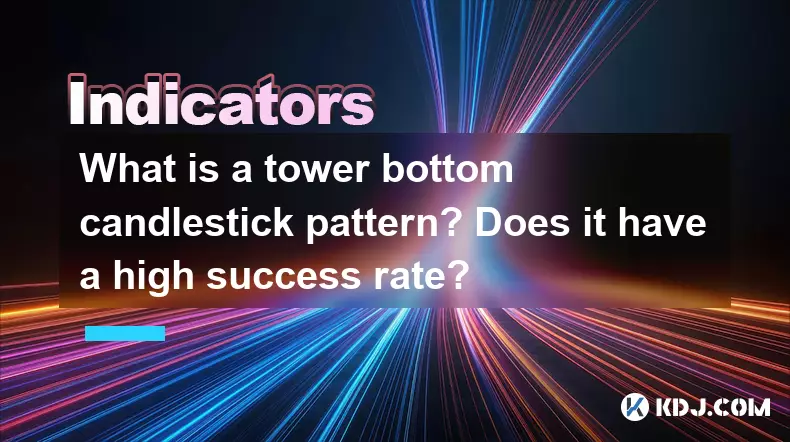
What is a tower bottom candlestick pattern? Does it have a high success rate?
Sep 22,2025 at 07:18am
Tower Bottom Candlestick Pattern Explained1. The tower bottom candlestick pattern is a reversal formation that typically appears at the end of a downt...
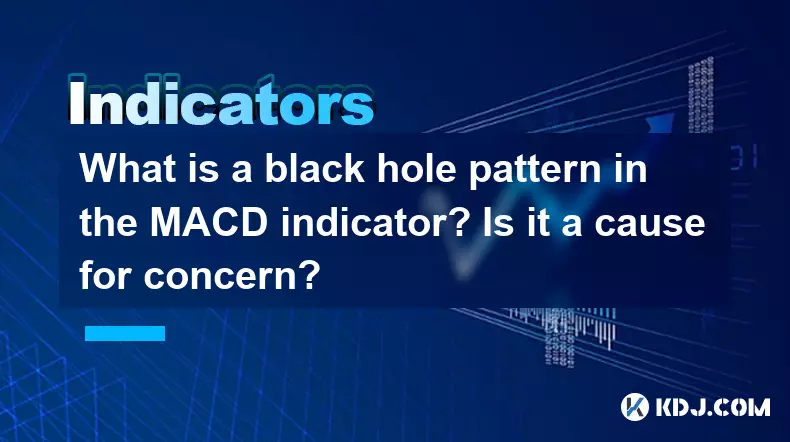
What is a black hole pattern in the MACD indicator? Is it a cause for concern?
Sep 21,2025 at 06:54pm
Bitcoin's Role in Decentralized Finance1. Bitcoin remains the cornerstone of decentralized finance, serving as a benchmark for value and security acro...

How can I use the psychological line (PSY) to determine market sentiment?
Sep 17,2025 at 02:19pm
Understanding the Psychological Line (PSY) in Cryptocurrency TradingThe Psychological Line, commonly referred to as PSY, is a momentum oscillator used...
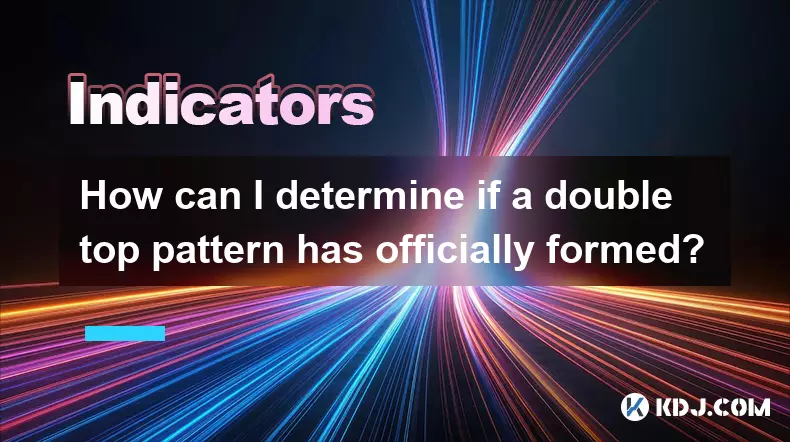
How can I determine if a double top pattern has officially formed?
Sep 21,2025 at 03:18am
Understanding the Structure of a Double Top Pattern1. A double top pattern consists of two distinct peaks that reach approximately the same price leve...
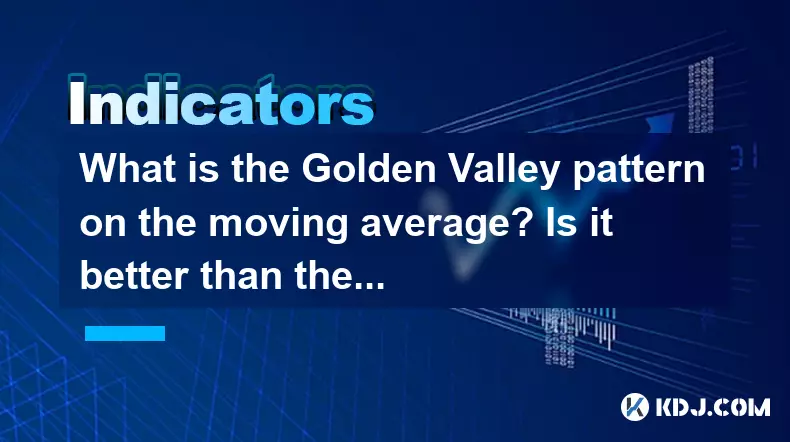
What is the Golden Valley pattern on the moving average? Is it better than the Silver Valley pattern?
Sep 21,2025 at 02:54pm
Understanding the Golden Valley Pattern in Moving Averages1. The Golden Valley pattern is a technical formation observed in cryptocurrency price chart...

What does a death cross of the RSI in the strong zone (above 50) mean?
Sep 17,2025 at 10:54pm
Understanding the Death Cross in RSI Context1. The term 'death cross' is traditionally associated with moving averages, where a short-term average cro...

What is a tower bottom candlestick pattern? Does it have a high success rate?
Sep 22,2025 at 07:18am
Tower Bottom Candlestick Pattern Explained1. The tower bottom candlestick pattern is a reversal formation that typically appears at the end of a downt...

What is a black hole pattern in the MACD indicator? Is it a cause for concern?
Sep 21,2025 at 06:54pm
Bitcoin's Role in Decentralized Finance1. Bitcoin remains the cornerstone of decentralized finance, serving as a benchmark for value and security acro...

How can I use the psychological line (PSY) to determine market sentiment?
Sep 17,2025 at 02:19pm
Understanding the Psychological Line (PSY) in Cryptocurrency TradingThe Psychological Line, commonly referred to as PSY, is a momentum oscillator used...

How can I determine if a double top pattern has officially formed?
Sep 21,2025 at 03:18am
Understanding the Structure of a Double Top Pattern1. A double top pattern consists of two distinct peaks that reach approximately the same price leve...

What is the Golden Valley pattern on the moving average? Is it better than the Silver Valley pattern?
Sep 21,2025 at 02:54pm
Understanding the Golden Valley Pattern in Moving Averages1. The Golden Valley pattern is a technical formation observed in cryptocurrency price chart...

What does a death cross of the RSI in the strong zone (above 50) mean?
Sep 17,2025 at 10:54pm
Understanding the Death Cross in RSI Context1. The term 'death cross' is traditionally associated with moving averages, where a short-term average cro...
See all articles










































































